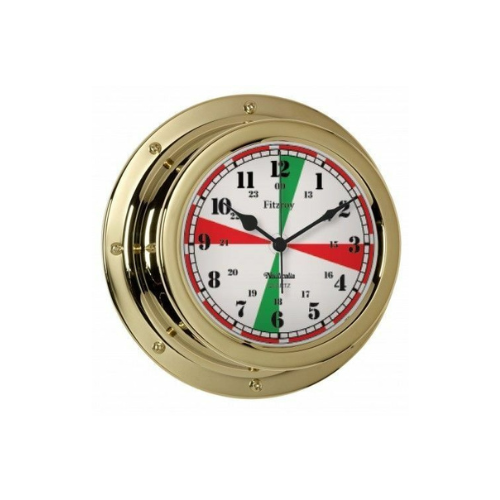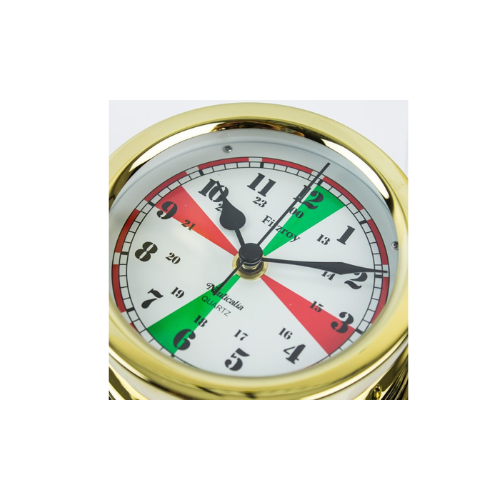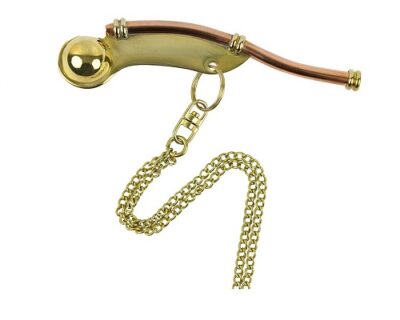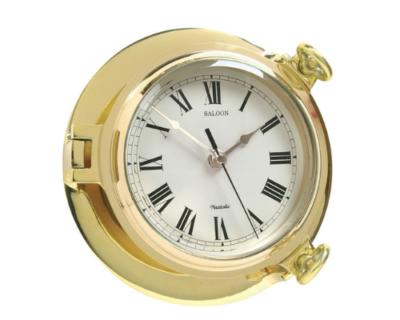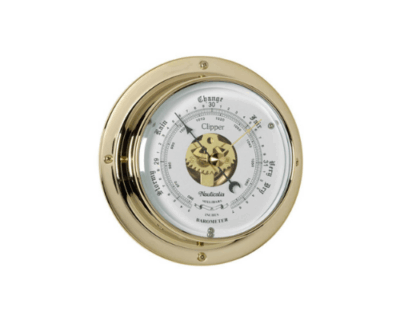Description
Our Radio Silence range have cases with super durable, tarnish-free coating and QuickFix fitting system (see explanations below). Brief Explanation of Radio Silence Clocks: Tragically, the radio-signalling equipment carried by RMS Titanic was of little use, since the distress signals sent after hitting an iceberg in 1912 went unheard for several hours. The disaster spurred an international review of maritime safety which made several recommendations, one of which led to the introduction of radio silence periods.
These are three-minute periods immediately following each quarter hour reserved exclusively for making, and listening for, distress calls. The green sectors represent silence periods on the SSB (Single Side Band)) distress frequency of 2182kHz, as carried by commercial and some pleasure craft. The red sectors are for Morse code distress signals on the 500kHz band, as used in radio telegraphy. The red segments around the rim (4 seconds red – 1 second white) were for the automatic alarm on 500 kHz. If the alarm circuit could not trigger the alarm signal and key the transmitter, the Wireless Officer was supposed to press the Morse key in the red segments and lift the key in the white segments. 5 such long dashes would then trigger the auto-alarm circuits in the wireless office on other ships as well as in the coastal radio stations, and the Wireless Officer would not have to think in a distress situation.
Radio room clocks have traditionally been marked with the sectors as guidance for the operators.

